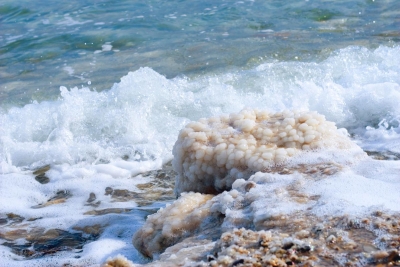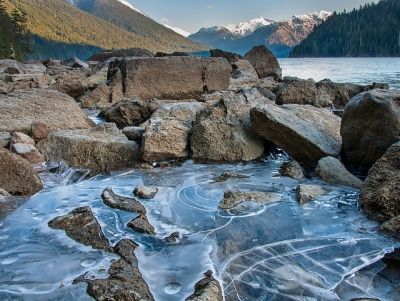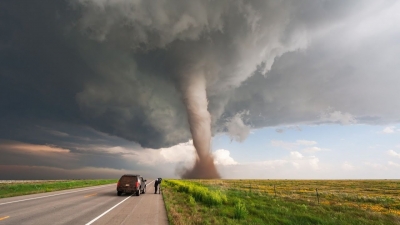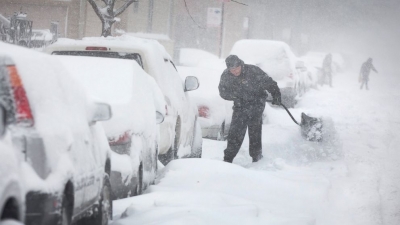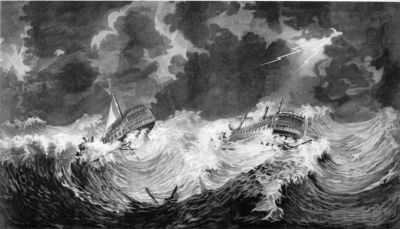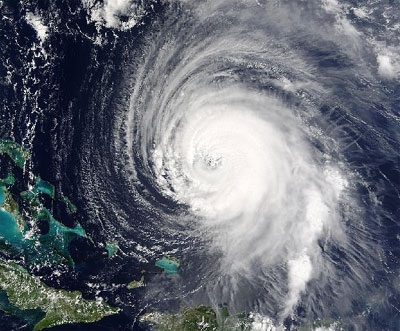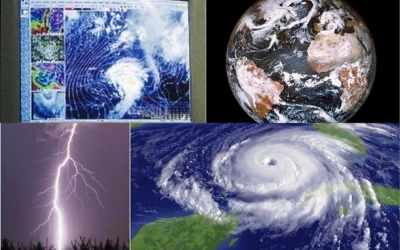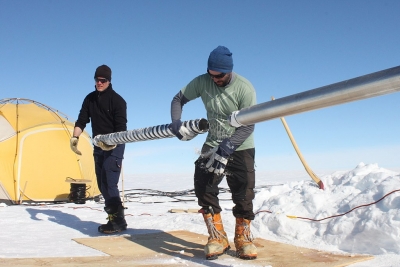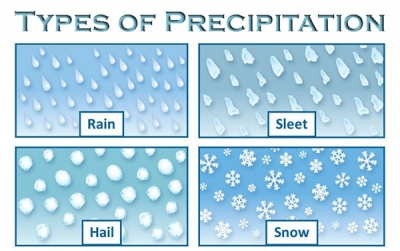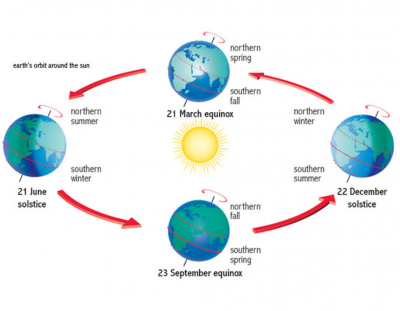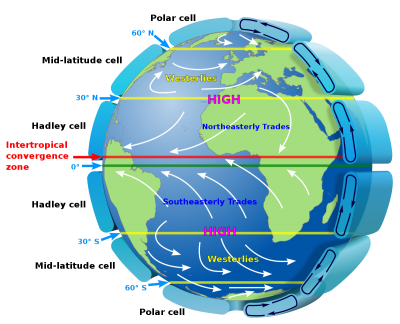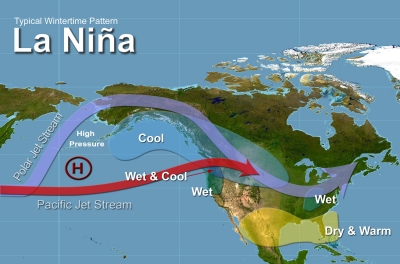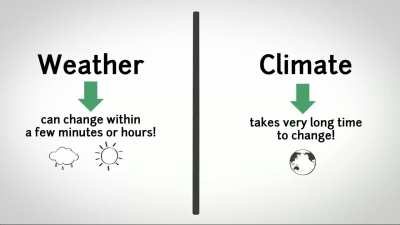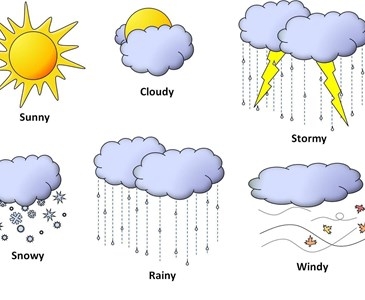
| The weather depends on the way the air moves (wind), the moisture if carries (humidity), and its temperature (warmth). These are controlled by changes in air pressure. As air heats up, it becomes thinner and lighter. It rises upwards, creating an area of low pressure beneath it, which pulls in air from around to fill the empty space. As the air rises, it cools, forming clouds. But the cooler the air gets, the denser and heavier it becomes until eventually it starts to sink. The high pressure created pushes air down towards the ground, causing it to fan out and blow away everything in its way, stopping the formation of clouds. This is why clear blue skies occur on high air-pressure days. |
Weather comes in all different forms, and it changes by the day. It could be sunny one day and raining the next. It could even be sunny, rainy, cloudy, and stormy in one day.
Temperature
It’s getting hot out there. When you talk about the heat of the air outside on a summer day, this is the temperature. Measured with a thermometer in Fahrenheit, Celsius, or Kelvin, the temperature tells you how fast the air molecules and atoms are moving. Fast-moving molecules and atoms mean the temperature is high, while slow-moving molecules in the air create a low temperature.
Humidity
The moisture or dryness of the air is humidity. It’s an important weather aspect. Without it, humans wouldn’t be able to survive. However, the amount of water vapor, or humidity, in the air needs to have balance. Too little or too much water vapor in the air causes health issues and can be dangerous.
Precipitation
Precipitation is just a big word to describe how water falls to the ground. It can be rain, snow, sleet, ice, hail, or drizzle. The form these water or solid particles take depends on other weather factors. For example, if the temperature is cold, below 32 degrees, precipitation comes to the surface in the form of snow. If the weather is nice and warm, water comes down in the form of rain.
Wind
Air moves. All you must do is walk out your door to feel that. The movement of air is created by how the sun heats the Earth, and then convection tells you how air moves in predictable patterns. Therefore, meteorologists have some idea of how a storm will move or the type of weather you’ll have in a week.
Credit: Your Dictionary
Picture Credit : Google
